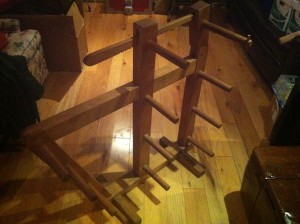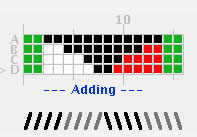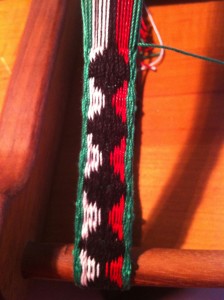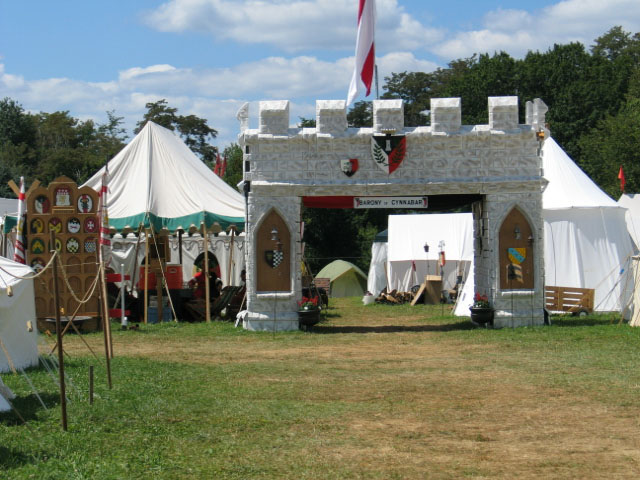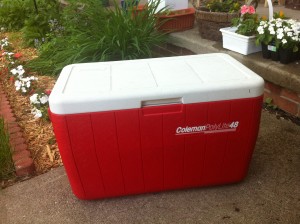A Shade Fly for Pennsic: Ideas and Links
Among my wish list for Pennsic is a shade fly to put out in front of the pavilion. What is a shade fly? Basically, a shade fly is a piece of canvas that is suspended with wood and ropes to provide a shaded area. I want one because I know I’ll prefer to spend my time outside (it’s supposed to be hot at Pennsic!) but I’m super sun-sensitive, so I need shade. A shade fly is my answer.
First, I checked to see how much a shade fly would cost from one of the pavilion suppliers. Panther Primitives wants $203 for a 14′ x 14′ fly made with 10 oz. Sunforger (cheapest option) — and that’s without poles/ropes, which are $174 extra. Plus shipping costs on top of that, so I’d be looking at $450 or even $500.
Second, I looked at how much it would cost to buy Sunforger canvas by the yard to construct it myself. I found 36″ wide 10 oz. Sunforger canvas for $6.25 yard. Since I wanted at least a 12′ x 15′ shade fly, that would be $125 + shipping for 20 yards of 10 oz. Sunforger. Still a little more than I want to pay right now. Perhaps in the future when I feel more secure in my fly/tent-making skills.
Third, I checked out alternate canvas sources. Joann’s has outdoor canvas for $20/yard — too expensive! Cotton duck canvas is $13/yard — still too much. Even cotton twill is $5 yard, and I don’t know how well that would even work. Looking around online, I see people have had success with heavy-duty painter’s canvas drop cloths. Lowe’s has 9′ x 12′ 10 oz. cotton canvas drop cloths for $20. They aren’t “boat shrunk” like the Sunforger stuff, but I could pre-shrink them by washing them several times in hot water. And two put together — after sewing edges and reinforcing the center — would give me a shade fly of about 11′ x 16′.
So, after thinking about it quite a lot, I decided to get the drop cloths. They’re in the washing mashine now, shrinking, before I begin sewing. While I was at Lowe’s, I also got a 2″ x 4″ x 12′ ridge pole, some 2″ x 2″ x 8′ poles (8), lag screws (8), 10″ steel nails (10), and rope.
But now that I have it all, I realize I don’t see how I’m going to put this shade fly up by myself! I’m strong, but not that tall … and this is tall and big. I think I’m going to need to sew the fly (including grommets), attache the lag screws to the tops of the poles, and then wait for Gregor to come in July before we assemble and test it. He’s tall — he can help!
Here’s my inspiration for my shade fly, and about what I want it to look like:

A Simple Shade Fly
In the meantime, here are some useful links about shade fly construction:
Tent Information/Research (this is the main inspiration for my shade fly — post is about 1/2 way down by asbrand)
Shade Fly 101 by Maestra Giovanna
Shade Fly by Adventures of a Wanna-Be Seamstress



